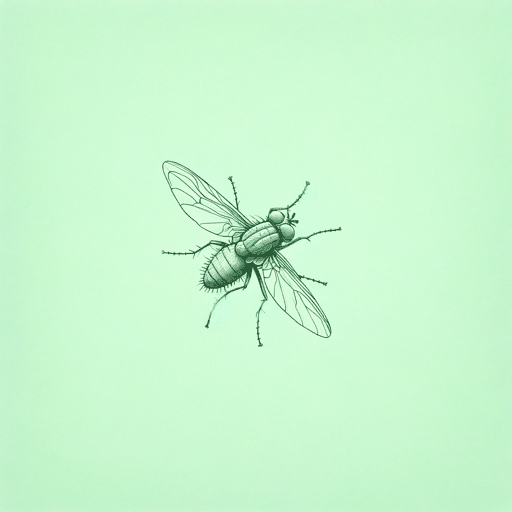18 pages • 36 minutes read
Karl ShapiroThe Fly
Fiction | Poem | Adult | Published in 2003A modern alternative to SparkNotes and CliffsNotes, SuperSummary offers high-quality Study Guides with detailed chapter summaries and analysis of major themes, characters, and more.
Poem Analysis
Analysis: “The Fly”
Though Shapiro was not deployed to the Pacific Theater until 1942, he wrote both “The Fly” and V-Letter in the midst of the second World War (1939-1945). Informed by these world events, “The Fly” grapples with a deadly battle of a different scale, but its diminutive scope and subject play out a miniature war that mirrors many of the life-and-death struggles of the second World War. The poem’s heightened language (see: Literary Devices) establishes the speaker’s encounter with the fly as a large-scale conflict, and in shifting the scale of the battlefield, the speaker finds himself taking the fly’s perspective and learning to sympathize with the creature.
The poem constantly employs various metaphors and images that play with the fly’s filthiness and scale. The first stanza describes the creature as a “little bat, the size of snot” (Line 1). In addition to suggesting the fly’s diminutive size relative to the speaker, the words “bat” and “snot” also point toward the speaker’s view of the fly an abject and filthy; bats are common carriers of disease, and snot is an unhygienic human waste product. Later, the speaker states outright that the fly has a “filth of hair” (Line 9) and is “[s]hod in disease” (Line 19).

